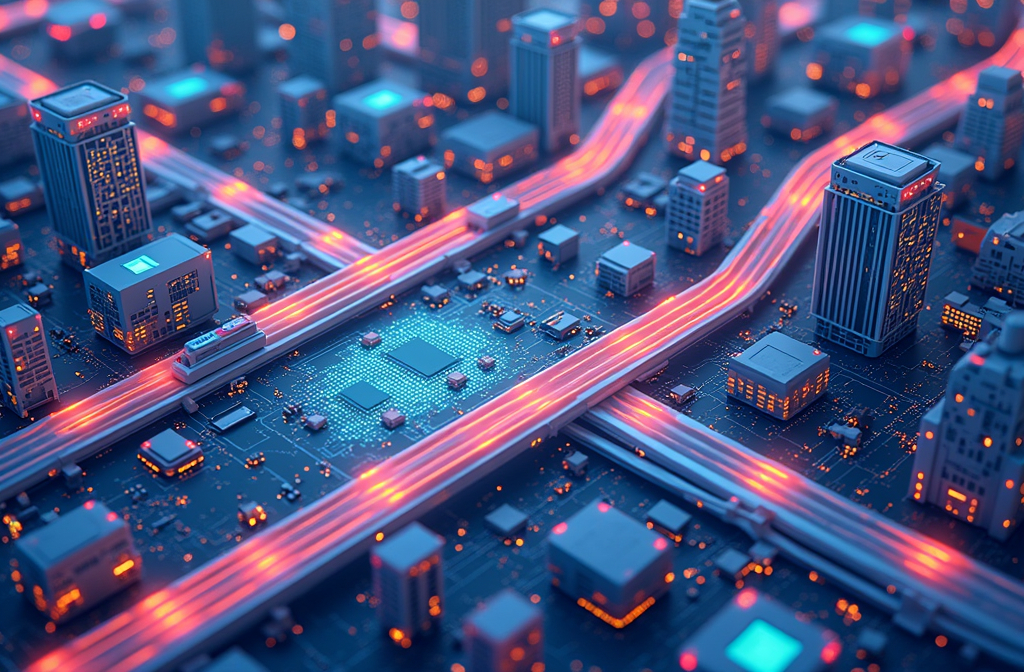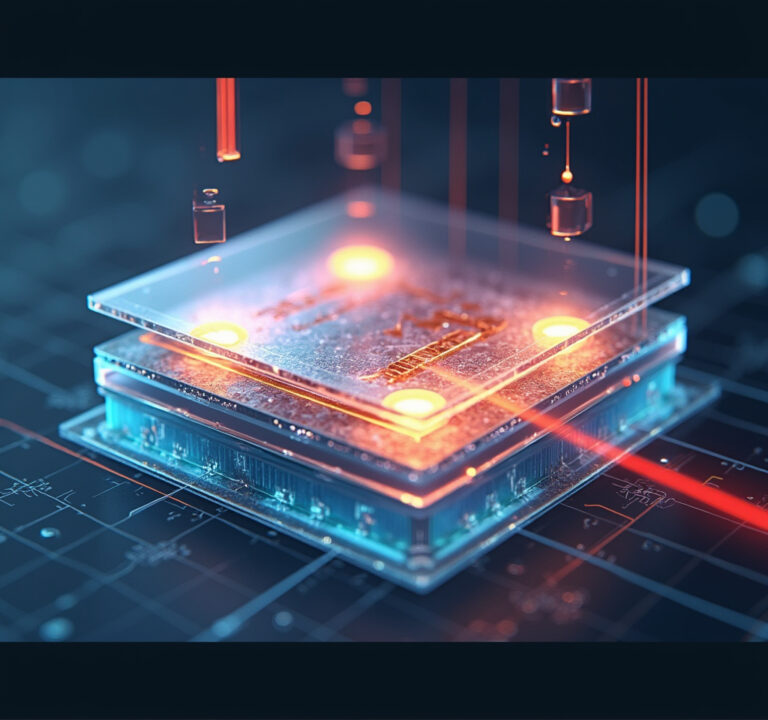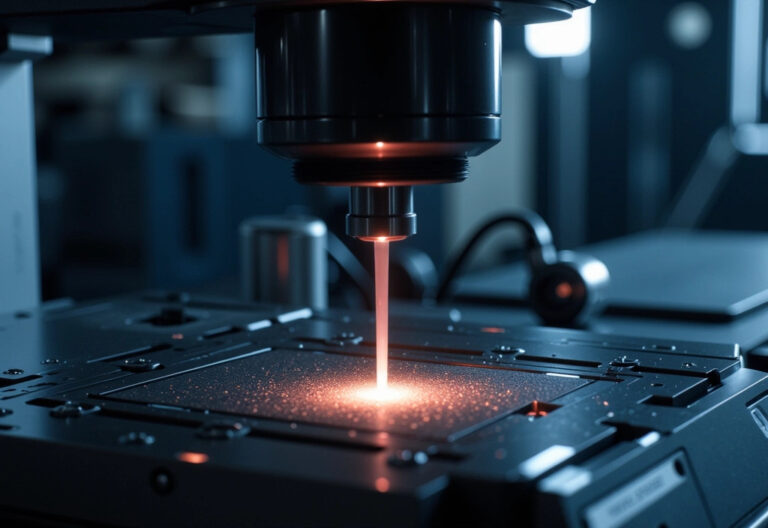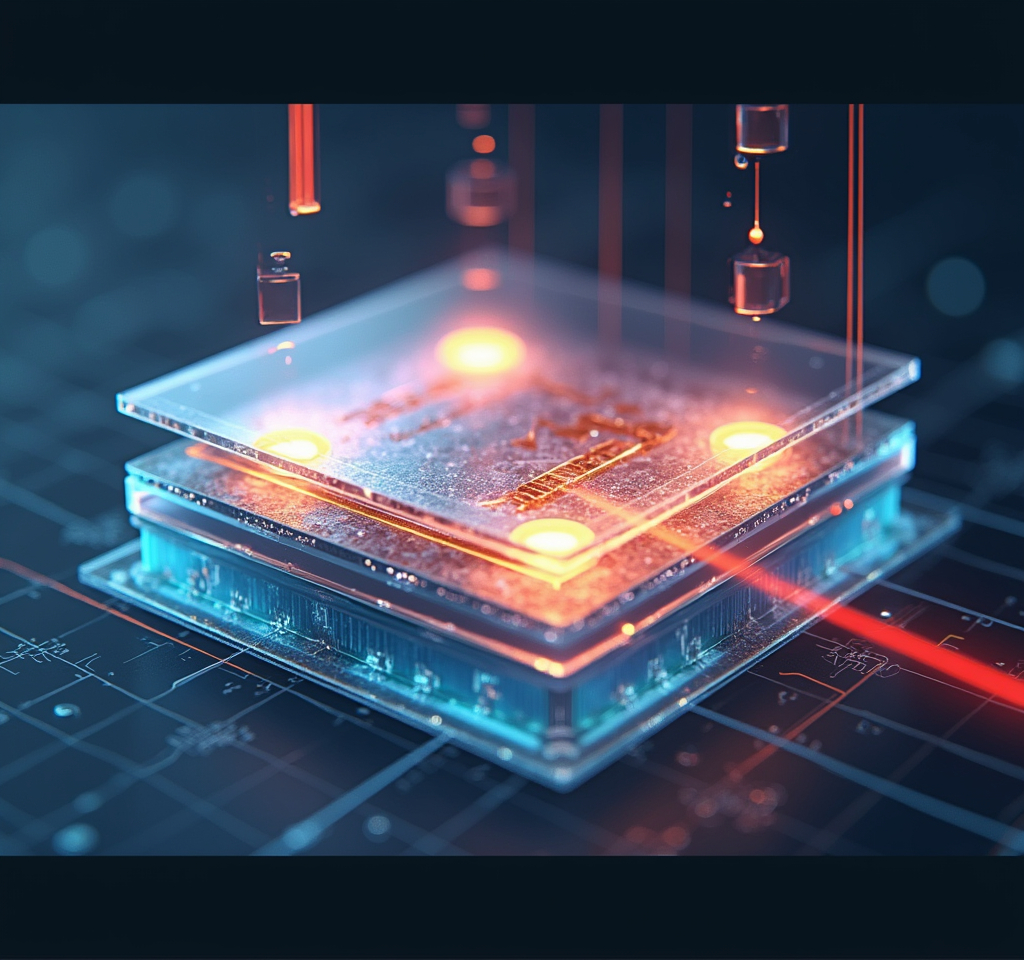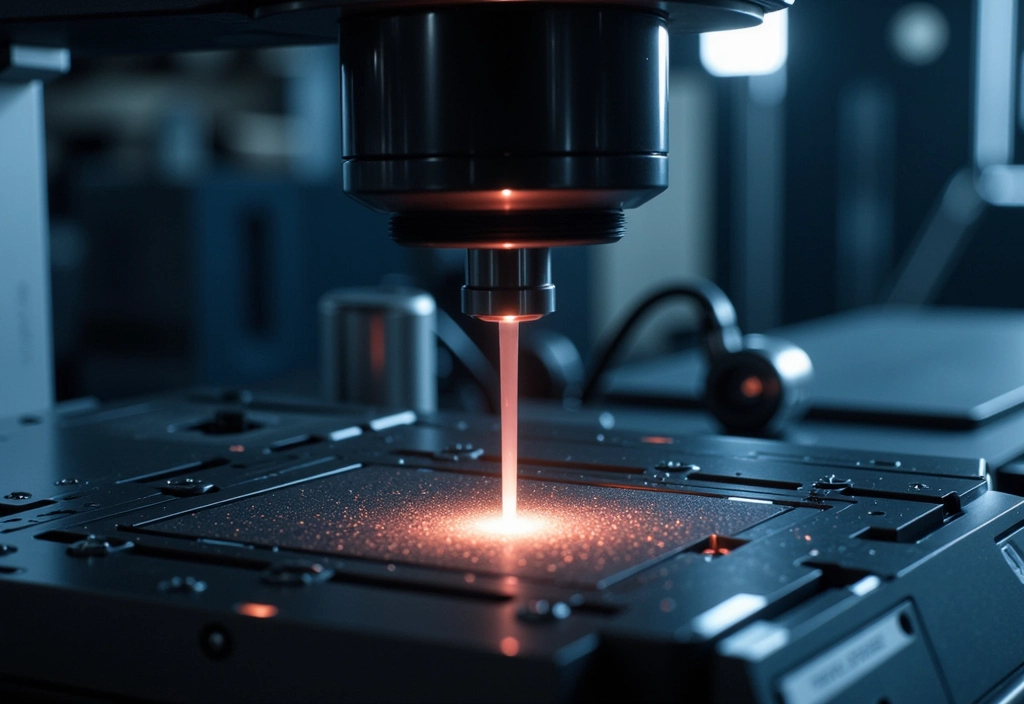In the world of electronics, circuit boards are the unsung heroes that bring life to our gadgets. From your smartphone to your car’s navigation system, circuit boards play a pivotal role in making technology work seamlessly. At the heart of these boards lies a critical component known as the bus. If you’re not familiar with technical jargon, don’t worry—we’re going to break it down in a simple way.
What Is a Circuit Board Bus?
Think of a bus as the highway system of a circuit board. Just as highways connect cities and allow cars to travel between them, a bus connects different components of a circuit board and allows data to travel between them. It’s the communication pathway that ensures the CPU (the brain of the system), memory, and other devices can work together harmoniously.
How Does a Bus Work?
A bus consists of a set of wires or tracks etched onto the circuit board. These wires carry signals in the form of electrical pulses. There are typically three main types of signals:
- Data Signals: These carry the actual information, such as numbers, instructions, or media files.
- Address Signals: These specify where the data should go, much like a delivery address on a package.
- Control Signals: These manage the flow of data, ensuring everything happens in the right order.
For example, when you open an app on your phone, the CPU sends a request through the bus to retrieve information from the memory. The memory then sends the required data back to the CPU, and the app opens seamlessly. All this happens in fractions of a second!
Why Is a Bus Important?
Without a bus, electronic devices wouldn’t function. Here’s why it’s indispensable:
- Communication Hub: A bus acts as the central communication network, allowing various components to share data efficiently.
- Speed Boost: Modern buses, like PCIe (Peripheral Component Interconnect Express) in computers, enable ultra-fast data transfers, improving performance.
- Scalability: As technology evolves, buses are designed to accommodate more components and higher speeds, keeping devices future-ready.
- Cost-Efficiency: A single bus system reduces the need for multiple connections, lowering manufacturing costs and improving reliability.
Everyday Devices That Use a Bus
You might be surprised to learn just how many gadgets rely on buses to function:
- Smartphones: For apps, media, and internet browsing.
- Laptops and PCs: For multitasking, gaming, and content creation.
- Smart TVs: For streaming shows and controlling smart home devices.
- Automobiles: For navigation, sensors, and entertainment systems.
- Medical Devices: For monitoring vital signs and running diagnostics.
The Future of Bus Technology
As technology advances, so does bus design. Here are some exciting possibilities:
- Optical Buses: Using light instead of electricity for data transfer, which could be faster and more energy-efficient.
- Wireless Buses: Eliminating physical connections to simplify designs and improve flexibility.
- Quantum Buses: Leveraging quantum mechanics to revolutionize data transfer speeds and security.
- Artificial Intelligence Integration: Smarter buses that can prioritize tasks and allocate resources dynamically for optimal performance.
Breaking It Down for Non-Techies
Imagine you’re organizing a massive party. The bus is like the system of roads your delivery trucks use to bring in food, decorations, and supplies. If the roads are efficient and well-planned, everything arrives on time, and the party is a hit. If not, there’s chaos. Similarly, a well-designed bus ensures your gadgets run smoothly, making your life easier and more connected.
Final Thoughts
The circuit board bus might be invisible to the naked eye, but its role is undeniable. It’s the backbone of modern electronics, enabling the incredible devices we rely on every day. As we look to the future, advancements in bus technology promise to make our gadgets even faster, smarter, and more efficient. So, the next time you tap your smartphone or boot up your laptop, take a moment to appreciate the humble bus—the unsung highway of the digital world.
Check out the cool NewsWade YouTube video about this article!

